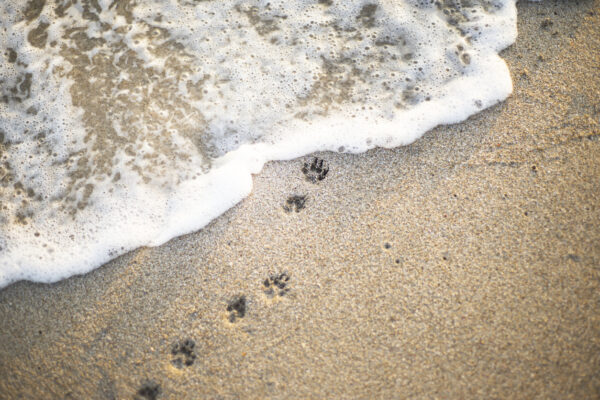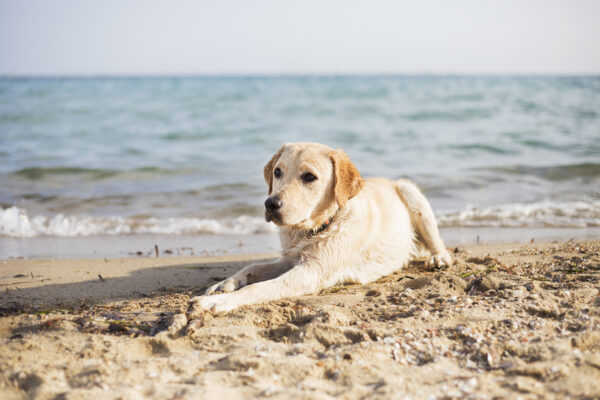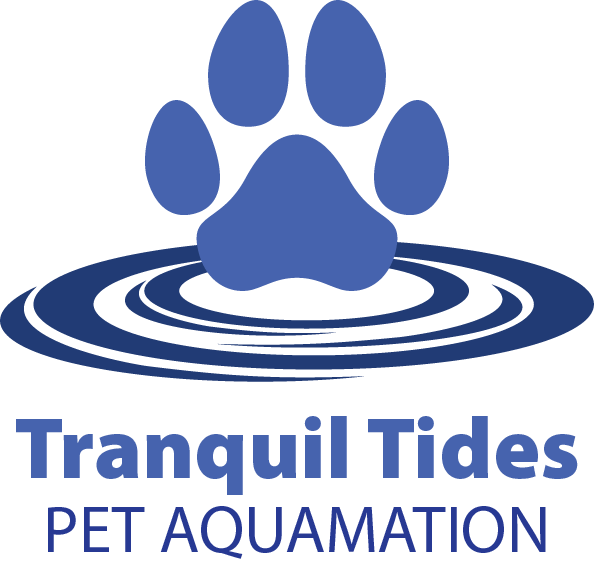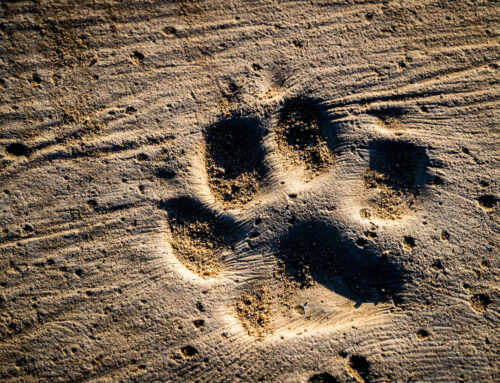Alternatives to Cremation
Are you considering end-of-life options for your beloved pet? Or even for yourself? For many of us, our knowledge of options extends to cremation or burial. However, in today’s world, how we decide to say farewell extends to taking care of the environment. We only have one planet. One planet to leave to our children and grandchildren and to the many fur babies in their families. So, we try to do our part with recycling and reducing reliance on non-renewable resources. Yet, there is plenty more to make the planet a better place, and it doesn’t end with death. Our faithful companions have other alternatives to cremation as well as us. Tranquil Tides Pet Aquamation offers one of those options in an environmentally conscious world. Read further to see the comparison of end-of-life choices, and if you’re in the Springfield or Southwest area of Missouri, call us at 417-830-4794 and we can set up an appointment to discuss our water-based cremation.
Pet Cremation: Is it outdated?
Fire cremation and burial have been around for a long time, and in comparison, cremation is the better choice when compared to a traditional casket burial for an environmentally friendly option. Researchers have found that while 833 kilos of carbon dioxide is released during a casket burial, the average flame cremation releases 500 kilos. That is a major difference, and while it is more sustainable, there are even more eco-friendly options for your furry friend. Further on, we will introduce you to some impressive alternatives to cremation that will astound you with how they preserve the beauty of our planet. Nowadays, we have many burial choices to honor our cherished pets and preserve Mother Nature simultaneously. But, for now, let’s go over some of the environmental problems that arise from fire cremation:
- Energy Consumption: Cremation uses a lot of natural gas and electricity. Cremating one body takes about as much energy as one person uses in a month or as a journey by automobile of around 310 miles Depending on the size of your fur baby, these numbers will vary. Alternatives to cremation can give you peace of mind in sending your pet off in a more sustainable manner.
- Air Pollution: Cremation can pollute the air by releasing toxic emissions, including nitrogen oxides, carbon monoxide, and persistent pollutants. These have been known to have adverse health impacts on humans, animals, and the environment.
- Mercury Emissions: During cremation, this process can release mercury from dental fillings, blood, and tissues into the air, especially during high temperatures. Although this is more common with humans than pets, the high temperature creates flames reaching more than 2000 degrees which results in these emissions going up the smoke stack and out into the atmosphere. For those pets who have undergone chemotherapy, it is possible that this can have adverse effects on the environment too.
- Emissions of Greenhouse Gases: A major contributor to climate change is carbon dioxide. Crematoriums release carbon dioxide from burning fuels needed to reach very intense temperatures. Emissions and greenhouse gases are the highest areas of impact for traditional flame cremation.
While you may think that the negative carbon footprint is not huge, these emissions can add up quickly. Cities have placed limits on how long crematoriums can run their fires in an effort to control the dangerous emissions. Several factors mentioned above contribute to the negative environmental impact of flame cremation. For future generations to come, we are going to explore other alternatives to cremation. We have one past, one present, and one future. It is time to consider how we can play a significant role in the overall carbon footprint.
Cremation Alternatives

Beyond the environmental considerations, choosing an alternative to cremation can depend on personal, religious, ethical, ecological, and financial concerns. Each one will have its own merits and downfalls. As a grieving pet parent, having to say goodbye is difficult enough without having to think about how you are going to say goodbye. At Tranquil Tides, we place a high value on being supportive and offering eco-friendly products and services. It is one of the reasons we offer aquamation to the Springfield and surrounding communities. We want to share this gentle way to honor your beloved pet. For more about us, visit our About Pages.
This final resting place should have a deep profound meaning to you. Remember, it goes beyond just the physical location. The method you choose should signify your beliefs, passions, and the love you share with your best friend. After all, they meant the world to you.
Aquamation
Aquamation, also known as alkaline hydrolysis, is a water-based alternative to cremation that gives you a dignified farewell through a gentle process. This green burial option is natural. As we die, our bodies naturally undergo a decomposition process through alkaline hydrolysis that takes about 25 years. Aquamation speeds up the natural process rather than relying on fire to consume the remains. With the addition of alkali (salt-based), the design of the equipment, and the continuous flow of warm water, the aquamation process breaks down all organic materials to their most basic building blocks. All this is done with 1/10th of the energy of traditional cremation. The ashes of your beloved pet can then be honored as you desire, all without releasing carbon emissions into the atmosphere.
Recomposition
Recomposition is another alternative to cremation that accelerates the natural decomposition process and transforms your pet into a living memory. A vessel is filled with organic material like straw or wood chips along with the body, and with oxygen flow and microbial activity, the body is transposed into nutrient-rich compost. This process takes about 8 weeks, after which you could plant a memorial tree for your fur baby. Recompostition is an eco-friendly way to capture the carbon of a body and return it safely back to the earth and to be used in reforestation projects.
Organic Burial
Another alternative to cremation is an organic burial or green burial. Organic burial minimizes the negative environmental effects by forgoing embalming, skipping concrete vaults, metal caskets, and permanent memorial markers such as a headstone. This practice involves placing a body in the earth without embalming or a casket, allowing it to decompose naturally. Organic burials return a body to nature while reducing carbon emissions and conserving natural resources.
Body Donation
Donating your deceased pet to support humane medical research is a way to save a pet’s life. By donating a body to science, researchers are able to improve their understanding of how diseases start and progress and keep our pets healthy. Veterinarian medical schools use these bodies for teaching, and healthcare professionals learn and perfect the skills that will benefit advancements. These advancements are needed for many species of animals, and donating your pet’s body can be a way of letting their spirit live on through the education of future veterinarians and other healthcare professionals.
Terramation
A final alternative to cremation is terramation, also called natural organic reduction. This process transforms your pet’s remains into nutrient-rich soil using alfalfa, straw, sawdust, or plant matter. In a controlled setting, terramation mirrors what happens in nature. Oxygen flows through the vessel to stimulate microbes in the body that transform into soil. Terramation is a leading eco-friendly cremation alternative and the footprint is small. Life can grow on, allowing you to use your pet’s life-giving compost as you choose. This technology removes heavy metals from the soil and takes about 8 weeks.
More About Pet Aquamation
Pet aquamation goes by many names: alkaline hydrolysis, water-based cremation, bio-cremation, green cremation, and flameless cremation. As you can see, these names point toward a very environmentally friendly option. At Tranquil Tides Pet Aquamation, we understand that pets are family. We proudly offer the Springfield/Nixa and surrounding communities a unique and heartfelt way to honor your cherished companion. They deserve a farewell as loving and respectful as the life they shared with you. Our love for them does not need to end with their passing. We have many different urn selections, including custom picture engraving and keepsakes that will keep their memory alive. Check out our full line of products.
Thankfully today, an eco-friendly aquamation process allows pet parents to have a peaceful farewell that is gentler on the environment than traditional flame cremation. Burial and natural decomposition was the natural process for over 4 billion years until flame cremation became more the standard. In today’s world, people are very concerned with the environmental health of the planet for future generations to enjoy.
Gentler Treatment of Your Beloved Pet
Most people associate cremation with fire. However, water cremation is becoming more popular as we pay more attention to our daily life choices. For those who do not want to subject their beloved companion to intense flames with high heat, Tranquil Tides offers a compassionate, gentle treatment of your pet even after passing. Pet aquamation relies on a continuous flow of warm water and alkali (salt-based) in specially designed equipment that leaves you with 20-30% more ashes of your beloved pet that you can fondly display in an urn or scatter in one of your favorite spots.
Pet Aquamation: The Eco-Friendly Alternative

Now more than ever we need to manage everyday decisions and actions to see how they affect the environment, and that includes end-of-life choices. That is why eco-friendly alternatives to cremation, like water cremation for your pet, are good choices. There are no fossil fuels being burned. There are no smokestacks. Our green alternative saves over 90% of the energy used in the traditional process and is 1/10th of the carbon footprint. There are no toxins being produced. There are no direct emissions of harmful greenhouse gases or mercury.
Aquamation also makes highly efficient use of water, utilizing less water than the average single household would use in a day or even comparable to the same amount of water one would use to give your furry friend a few baths. This includes all the water used for the process and clean water rinse. The end solution is completely sterile and pathogen-free and includes amino acids, sugars, nutrients, salt, and soap. These are all natural decomposition products, and this nutrient-rich water can be recycled for more eco-friendly uses.
Which is the right option for you? This emotional and personal preference ultimately is your decision based on your beliefs. If you have any questions that we have not addressed, please call Tranquil Tides at 417-830-4794, and we can answer them for you.





